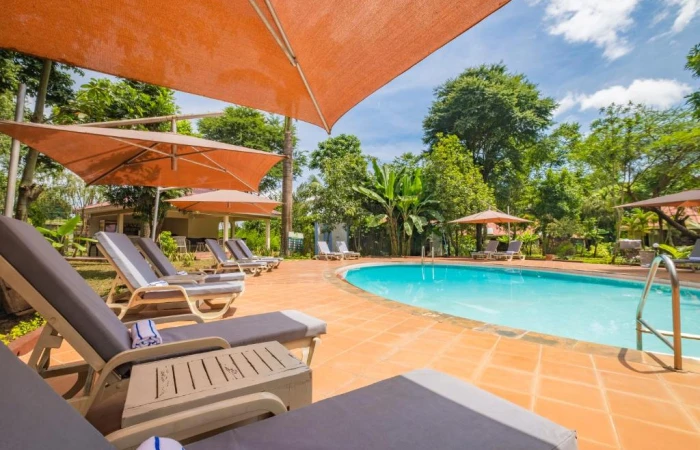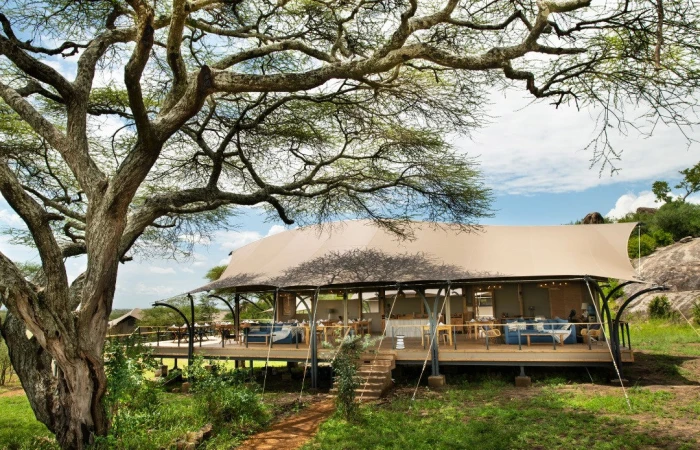
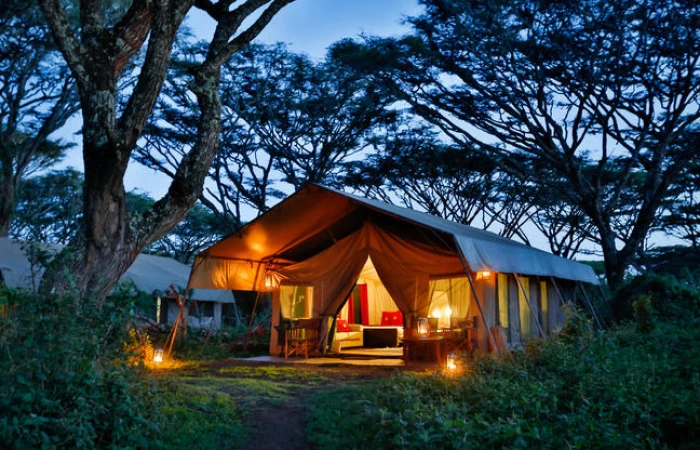
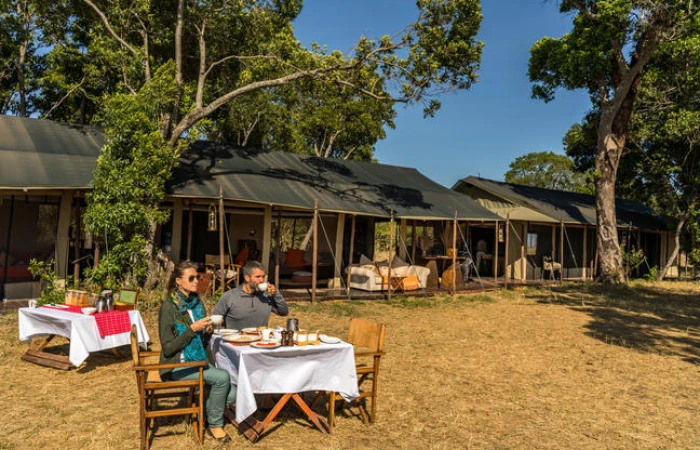
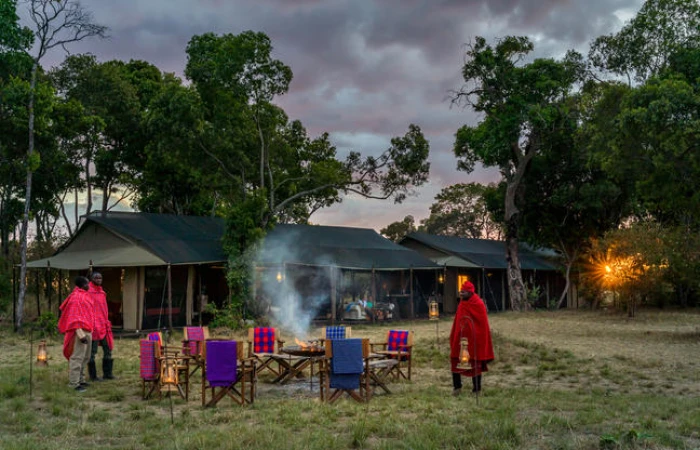
Witness Wildebeest Calving Season
Tour High light
- Visit : Arusha|Eastern Serengeti|Ndutu|Ngorongoro Crater
- Itenerary Days: 9
- Itenerary Night: 8
- Price : 10670 /Per person
- Tour Type : Populartour
- Tour Destination : serengeti-national-park
Tour Overview
The wildebeest migration calving season of the Great Migration occurs every year between January and February. Although the migration route has remained unchanged for thousands of years, the exact timing of the journey varies based on the seasonal rainfall. Therefore, these months of this fantastic phenomenon should be considered a rough estimate.
The vast herds usually seek fresh grazing in Tanzania’s southern Serengeti between January and March. The wildebeest make their way as far south as the Ngorongoro Conservation Area, though not quite into the Crater itself. On these verdant southern savannahs, they spread across the lush plains to feast on the fresh grasses that spring up after the rains. With their abundance of nourishment, these plains are also the perfect place for wildebeests to give birth, which they do in their countless thousands.
Wildebeests always migrate with the company of herds of zebras and gazelles. These animals play an essential role in the migration by eating the longer grasses that are not as tasty to young wildebeests. After the zebras and gazelles have grazed, the soft and nutritious shoots of grass, which are perfect for young wildebeest calves to nibble on easily, are left exposed.
Tour Deatail
Important! This tour may be cancelled till04 May 2025
Day 1: Arusha
Transfer from Kilimanjaro International Airport to Gran Melia for overnight.
Bed & Breakfast at Gran Melia Arusha
Day 2: Eastern Serengeti
After breakfast, transfer to Arusha Airport for your flight to Seronera. Pick up by your guide and game drive en route to Nanyukie Lodge. The Serengeti ecosystem is a geographical region in Africa. It is located in north Tanzania and extends to southwestern Kenya between latitudes 1 and 3 S and longitudes 34 and 36 E. It spans some 30,000 km2 (12,000 sq mi). The Serengeti hosts the largest terrestrial mammal migration in the world, which is one of the ten natural travel wonders of the world. Serengeti is derived from the Maasai language, Maa; specifically, "Serengit" meaning "Endless Plains".
The Serengeti is home to the world’s largest movement of animals, often called the “Great Migration.” More than 1.7 million wildebeest, 500,000 zebra, and 200,000 antelope make their way from the Ndutu region of the southern Serengeti northward through the whole length of the “endless plains” to Kenya’s Masai Mara (a total of 500 mi / 800 km). This cyclical migration begins in March (after the annual birthing of the calves at Ndutu in February) and ends with their return in January, following the annual cycle of rains and fresh grasses. During this time around 250,000 wildebeest alone died from thirst, hunger, exhaustion, and predation.
Day 3: Eastern Serengeti
The Central Serengeti is a fantastic area to see the Great Migration in action: the herds move through this section of the park from April to June as they travel northwards, and then they come back again heading south from October to December. Some of the best locations in Central Serengeti to see the herds include the Seronera Valley and Seronera River, Moru Kopjes, Simba Kopje, and Maasai Kopjes.
Day 4: Eastern Serengeti
Serengeti National Park is a World Heritage Site teeming with wildlife: over 2 million ungulates, 4000 lions, 1000 leopards, 550 cheetahs, and some 500 bird species inhabit an area close to 15,000 square kilometers in size. Join us on a safari and explore the endless Serengeti plains dotted with trees and kopjes from which majestic lions control their kingdom; gaze upon the Great Migration in awe or find an elusive leopard in a riverine forest. Or perhaps see everything from a bird’s-eye view and soar over the plains at sunrise during a hot air balloon safari.
Day 5: Ndutu
A new adventure in the southern part of the Serengeti Eco System. At this time of the year, the migration will spread out on the open plains nursing their young ones. The soil is mineral-rich and ideal for the grassing for the mothers. With the plentiful of plains game comes also increased numbers of predators.
Meals and overnight at Lemala Ndutu Camp
Day 6: Ndutu
A big draw of the Ndutu Region is to see the full circle of the Great Migration, from the return of the herds to graze in December, and then the calving which takes place in January and February, and then the departure of the herds again in April as they start making their journey northwards. Calving season is particularly dramatic: a million wildebeest give birth to 8000 babies every day, and as these newborns take their first steps, they’re targeted by lions, leopards, cheetahs, and hyenas.
Meals and overnight at Lemala Ndutu Camp
Day 7: Ngorongoro Crater
After breakfast fly from Ndutu to Manyara. Enter Lake Manyara National Park with packed lunches for game viewing. The park was immortalized in Hemingway’s “Green Hills Of Africa” and represents a habitat distinct from elsewhere in our safari. Our game drive allows us to explore the ground-water forest, rich in birds and monkeys, and the acacia woodlands that border the soda lake. We will also visit the hippo pool and the pink mantle of flamingos that swathe Lake Manyara. Continue to Ngorongoro Conservation Area. Arrive at Lemala Ngorongoro Camp for dinner and overnight.
Day 8: Ngorongoro Crater
Ngorongoro Crater through a lush highland forest, with magnificent birdlife to be spotted among the different tree species. Once on the grassy crater floor, you may discover a large variety of grazing herbivores, as well as the predators that are attracted by this abundant supply of prey. Depending on the time of year, you may see huge flocks of pink flamingos around the shores of the shallow Lake Magadi, while the surrounding swamp is inhabited by hippos. Safari vehicles are closed, with glass windows and a pop-up roof. Off-road driving is not permitted.
The crater has formed its ecosystem due to its enclosed nature and is one place where you can certainly tick all the boxes. Sublime scenery, abundant wildlife, its very own distinctive Lerai Forest comprised of yellow fever trees, and Lake Magadi, a shallow soda lake. Roam to the east and you will find Gorigor Swamp and the Ngoitokitok Springs where happy pods of hippos can be found. The north of the Crater is where the bulk of the resident game resides thanks to the drier, open grasslands. If you are after the ‘The Big Five’, it is all here waiting for you. Black rhino, Tusker elephants, lion, leopard, and hyena along with healthy herds of wildebeest, buffalo, and zebra. Other wildlife includes serval cats, cheetahs, jackals, Grant’s and Thompson’s gazelle, flamingos,s and bat-eared foxes, as well as approximately 400 species of colorful birdsPicnic Lunch, will be taken down here taken by the hippo pools. Return to Lemala Ngorongoro before evening and dinner.
Day 9: End of Itinerary
Transfer from Ngorongoro to Arusha and then transfer by vehicle to Arusha for lunch and then to Kilimanjaro International Airport.
What is included
- Game drive
- All meals and house drinks
- Park and concession fees
- Vehicle and guide
- Water in the vehicles
What is not Included
- Premium Drinks
- Tips
- Personal Items
- Others not highlighted include.
Exclusive Tanzania, A Luxury Safari Experience.
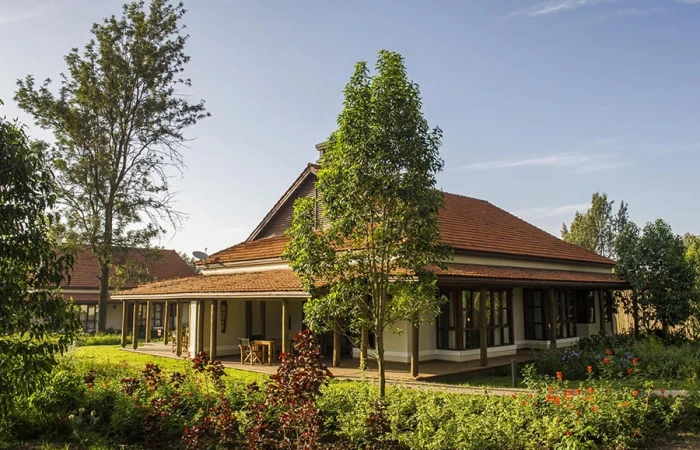
Ultra-Luxury Tanzania Tented Safari
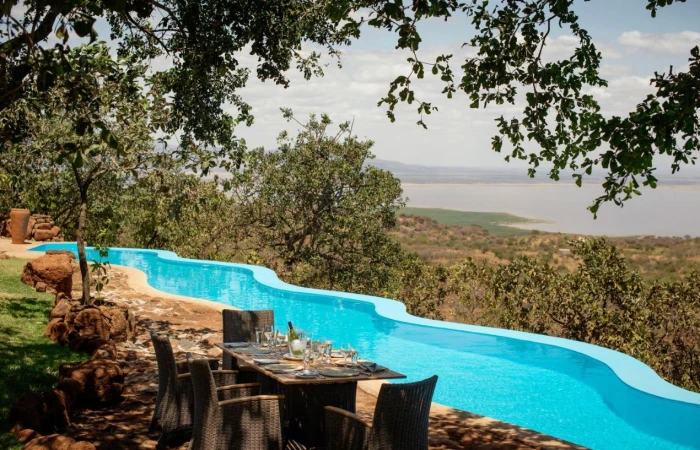
Private Luxury Northern Circuit Safari
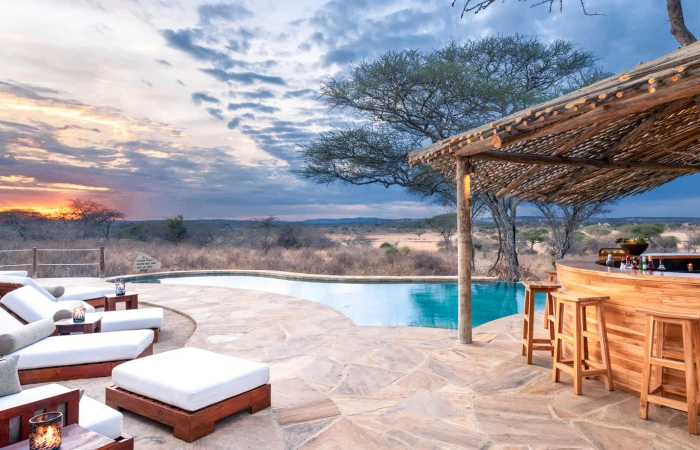
Classic Northern Circuit Tanzania Safari
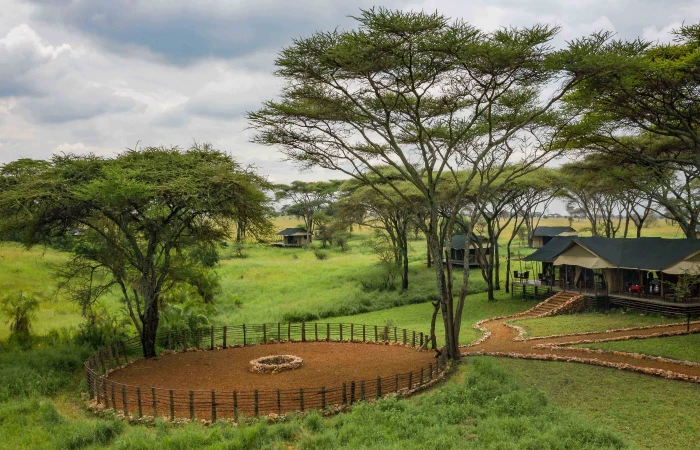
Treasures of Serengeti Safari
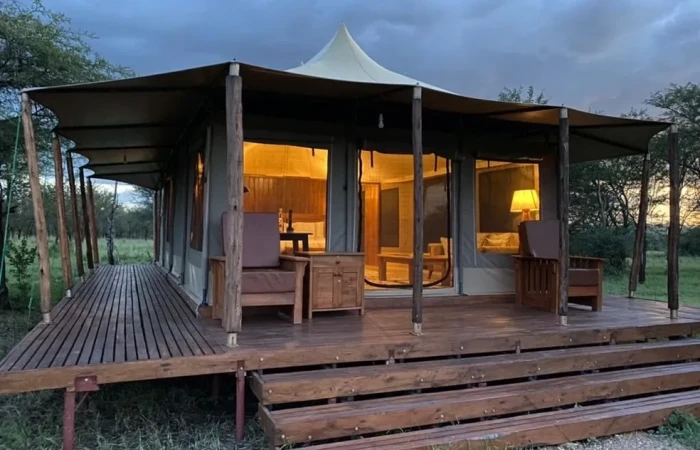
Exclusive Serengeti Safari.
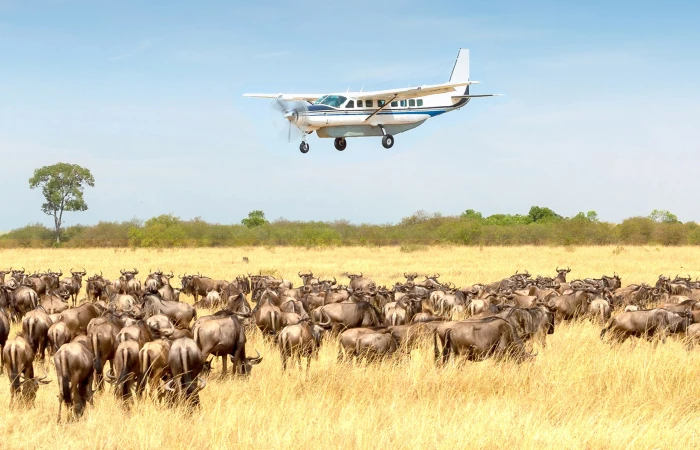
Serengeti Fly-in Safari from Arusha

Umbwe Route
